The Article
Prophet P1 from Ophidian: Divine Speakers?
22nd February 2018
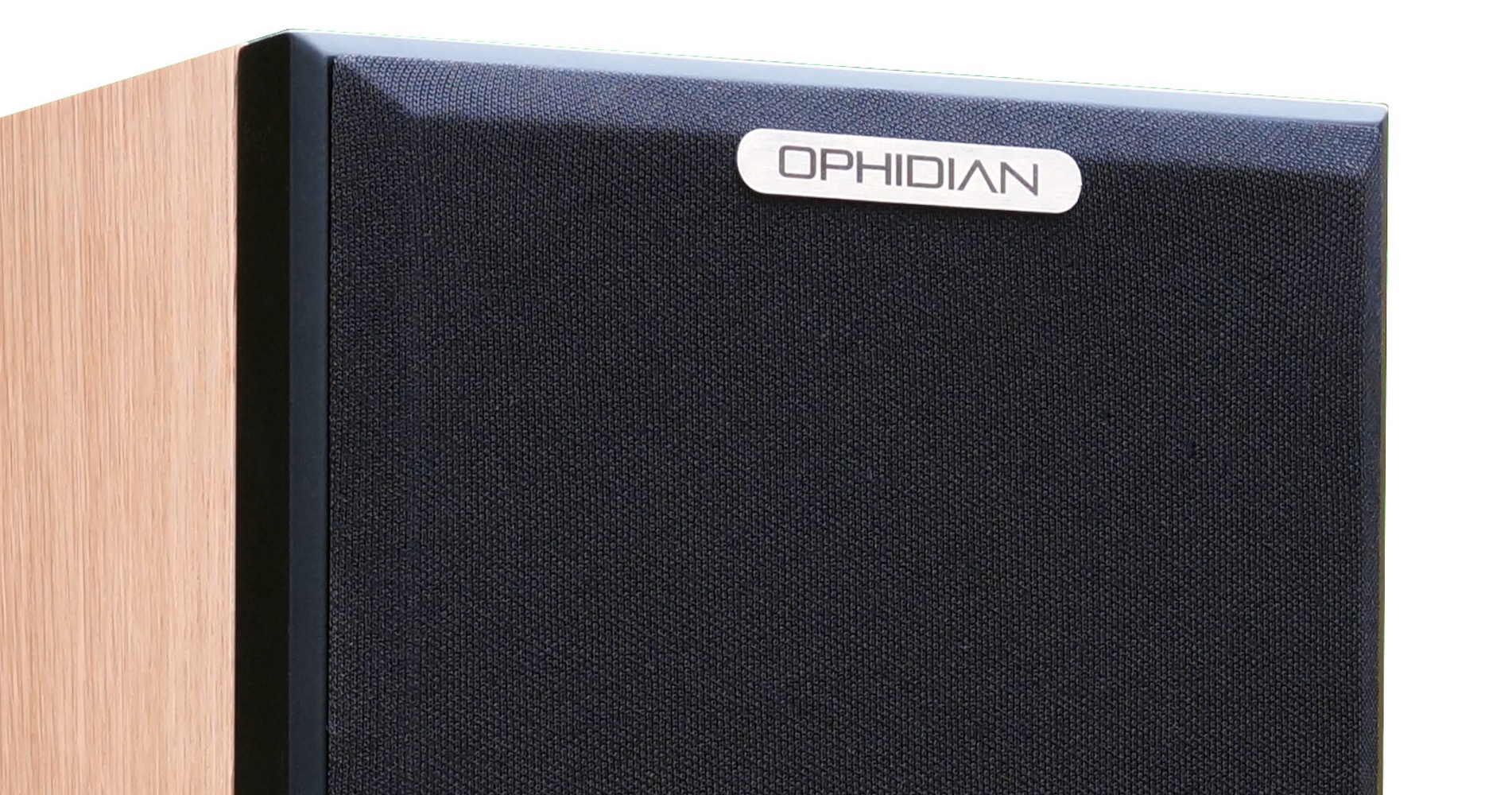
Offering a commanding presence for a pair of standmounters, Paul Rigby reviews the Ophidian Prophet P1 speakers
Stand-mounted speakers have come a long way over the years. I’ve experienced that improvement myself during successive reviews. Where before a stand mounted speaker right have been considered a poor relation to a flootstanding model, sonically castrated even, the stand mounted speaker has undergone incredible developments over the years. Now, it’s very easy to adopt a pair of stand mounted speakers and rely on them as the only speakers you’ll ever need.
Ophidian wants to continue in that tradition with its relatively large 2-way Prophet P1 model.
Offering 87db sensitivity (so your amp will need a bit of oomph to drive them) and constructed from plywood (with oak and walnut veneers) rather than MDF, it uses a floating front baffle via a flexible gasket which, “…allows much less of the vibrational force generated by the drive units to transfer directly to the cabinet walls,” said the company.
Featuring a 27mm Sonolex coated fabric tweeter…
…and a 180mm aluminium mid/bass driver , the former uses an “optimised” AEROFLEX vent that sits off to one side at the rear.
The generous 9kg weight is partly down to the cabinet size but also the thick front panel, the use of large drive unit magnets plus a meaty crossover.
SOUND QUALITY
I began my sound tests with a shard of Philip Glass. Not directly from the man himself but Metamorphosis 5 played by Bruce Brubaker on his double album, Glass Piano (InFine). This is pure piano. A solo work and hence there’s plenty of dynamic potential and space for reverb.
On this track, I found the Prophet P1 speakers balanced in terms of tonality with a relatively smooth overall playback. There was nothing overly harsh or worrying in terms of peaks of edges on this track. In fact, because of the neutral aspect of the design, I felt it prudent to push the speakers in terms of gain. Once done, the P1s remained calm and assured. As an aside, I did listen to the following, rather more energetic, track on this album Knee Play 4 which introduced a touch of treble lift on crescendos. This effect was not serious or in anyway debilitating but it was present.
Returning to Metamorphosis 5, I was impressed by how the P1 speakers formed a structured soundstage. Taking the elements of the piano as presented here, basically a melody played with one hand and a cyclical and repetitive rhythm with the other, the P1s took the two and placed each into a different part of the stereo image area, one behind the other in fact.
This structural element gave the speakers a sense of order and also focus. Some speakers can give you the impression that they’ve emptied a big bag of musical notes onto the floor and asked to you sort them out. Not here. The Prophet P1 speakers offered a measure of intelligence in how the music was being placed and presented.
Being picky and it really is picky, I would have liked the P1s to have been a little more open and expansive in terms of its upper midrange, yet the sense of control that replaced that did provide its own advantages in keeping any potentially wayward frequencies in check, a sticky situation that can often arise from the piano.
There was that treble element I heard on Knee Play, though. I decided to investigate it further on a high energy rock track and Yes’ Yours is No Disgrace from The Yes Album.
And there was a touch of treble lift during crescendos but, again, I never felt disturbed by this because the effect was fairly fleeting and never imposed itself to any great degree.
Although I wouldn’t refer to the bass on the Ophidians as particularly informative, and would have liked to have experienced more in this area, especially from the relatively large cabinet size, there was enough massy power to give this prog rock track drive. The lower frequencies were also never out on a limb. Some stand mounted speakers struggle with space and feature emphasis to make up for the fact which can often sound like a bad boob job: bass stuck on a sounding patently false. Not here, I admired the method of integration from Ophidian and the way that lower frequencies were never to be singled out. As it should be, in fact. Bass fitted neatly into the mix, providing a sense of pace and rhythm so that you never really missed the deep sub-bass effects but, instead, were swept along with the speaker’s own musicality.
What impressed me most here was the sense of space in and around the midrange, providing instrumental separation that allowed the ear to pick up guitar runs, Hammond organ twiddly bits and the delicate jazz-infused drumming from Bill Bruford. The ability of the Ophidians to isolate a singer or instrumentalist and allow that person space and room to project the full and complex personality of his instrument or voice is a rare talent indeed.
CONCLUSION
The speakers are intriguing and they sound good but…I wanted more. Maybe it’s me, maybe I’m just greedy. I wanted to love them, I really did and I was on the edge in terms of a high rating but something held me back every time. Hence, reviewing these speakers made me very uncomfortable.
There’s a host of charms from the Prophet P1s but I found myself wanting each and every one to go that bit further. Mentally, I kept on saying to myself, “Nearly…you’re nearly there.” Also, the price got in the way. Knock £400 or so off the speakers ‘as is’ and I’d give them an award-winning thumbs up. And look, I am aware that the benefits from these speakers will only be really realised after extended play. So I did live with these boxes and allowed them to sink into my head, as it where.
That said, there is plenty to like about the design and if you do decide to buy then you will benefit from a host of sonic highlights. The Prophet P1s offer a blend of diverse frequencies that mesh seamlessly without any sense of clashing. There is no rancour and, apart from a slightly grumpy treble effect every blue moon, live happily together in peace and a whole lotta harmony. The P1s won’t jump up and grab you by the throat, they are not the type of speakers to wave their hands at you with a “Look at Me!” approach to music.
The Prophet P1 speakers take a neutral and patient approach to all types of music and should satisfy all tastes.
OPHIDIAN P1 SPEAKERS
Price: £2,000 a pair.
Website: www.ophidian.co.uk
Tel: 0151 632 5180
GOOD: focus, smooth mids, tonality, instrumental separation
BAD: slight treble lift, price, bass insight
RATING: 7
REFERENCE
Origin Live Sovereign turntable
Origin Live Enterprise 12″ arm
Transfiguration Proteus cartridge
Icon PS3 phono amplifier
Aesthetix Calypso pre-amp
Icon Audio MB845 Mk.II monoblock amplifiers
Spendor A1 speakers
ProAc Response D Two speakers
Quad ESL-57 speakers with One Thing upgrade
Vertex AQ & Tellurium Q cable
Blue Horizon Professional Rack System
Harmonic Resolution Systems Noise Reduction Components
All vinyl was cleaned using an Audio Desk’s Ultrasonic Pro Vinyl Cleaner

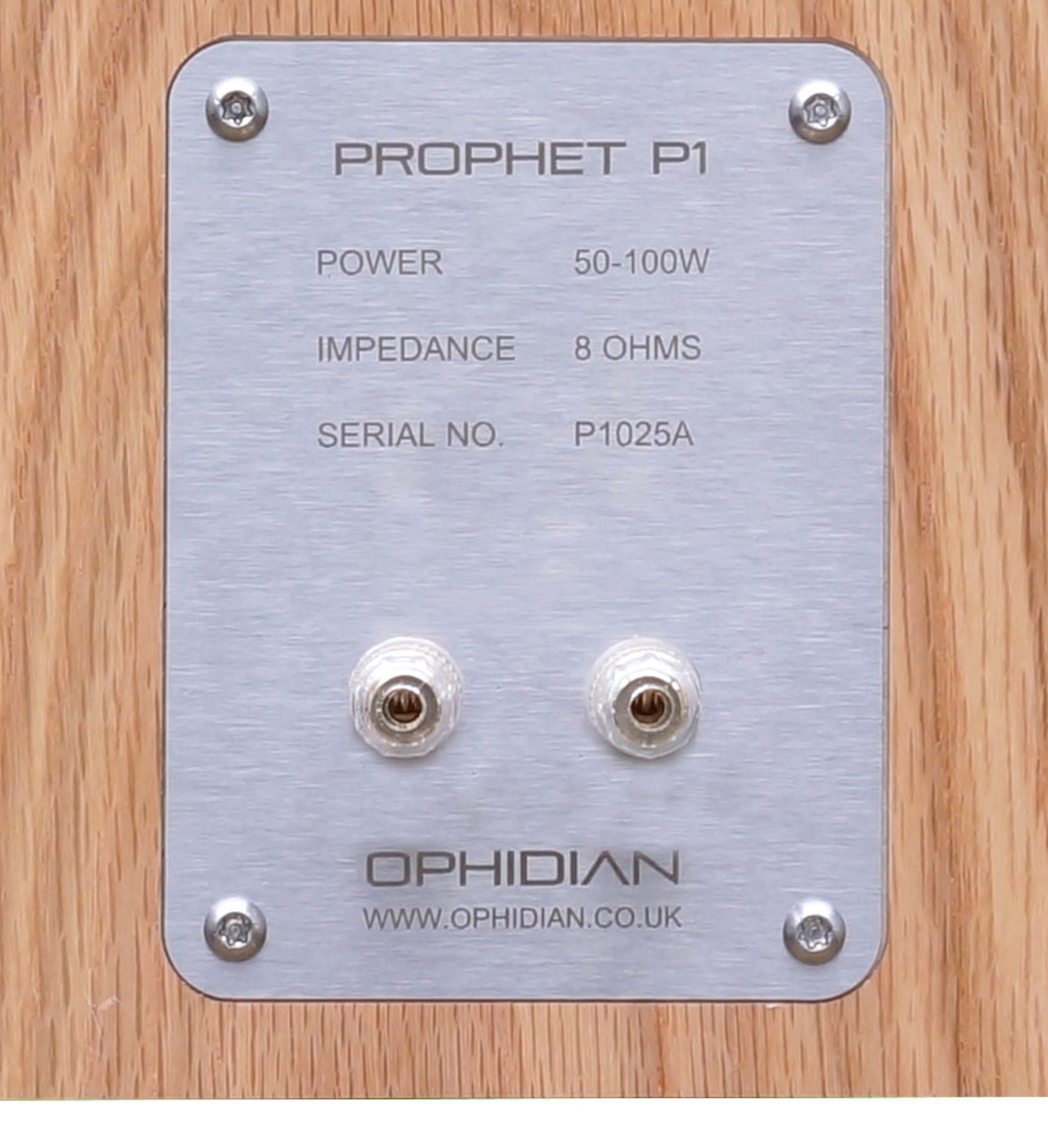
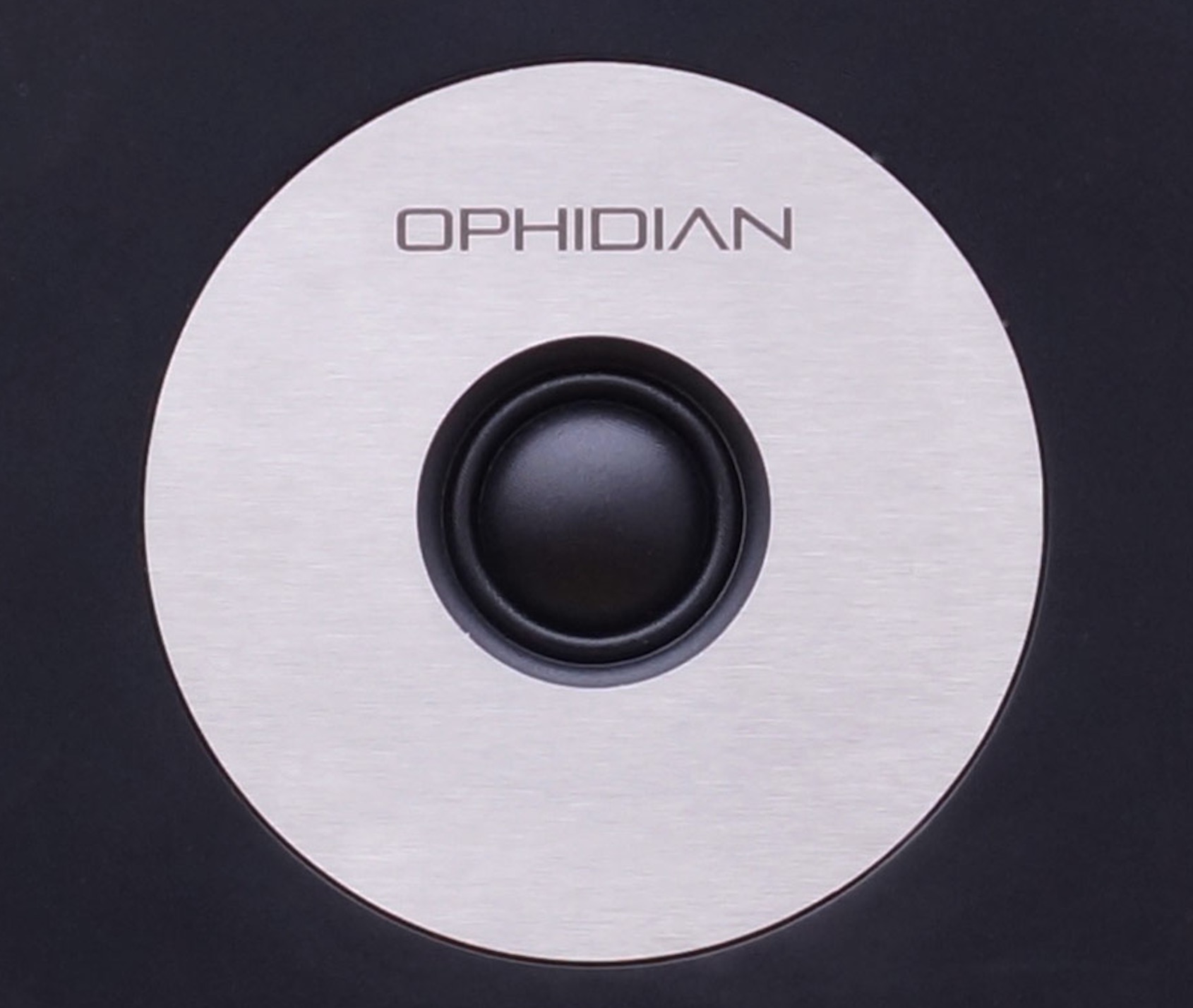
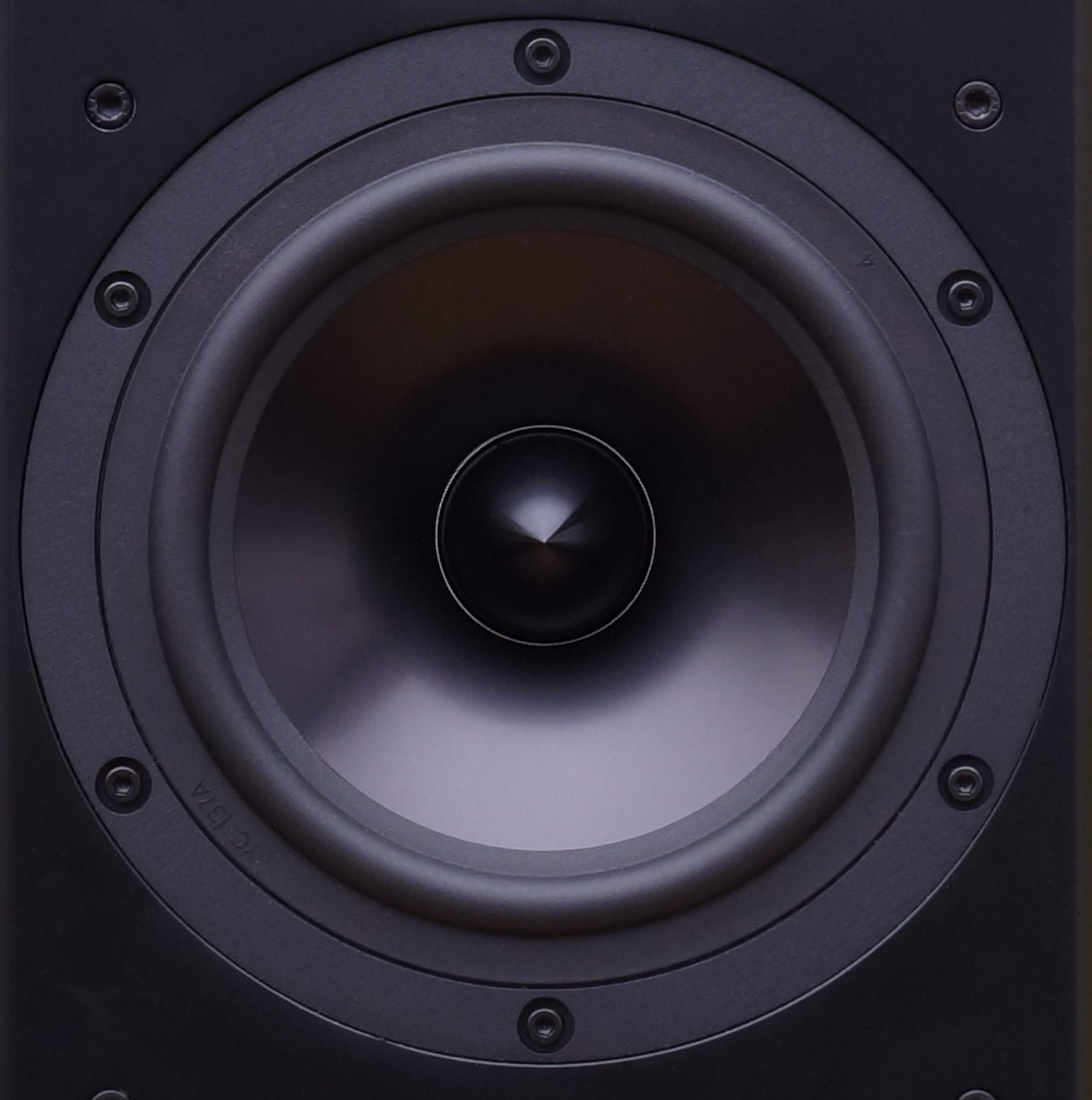
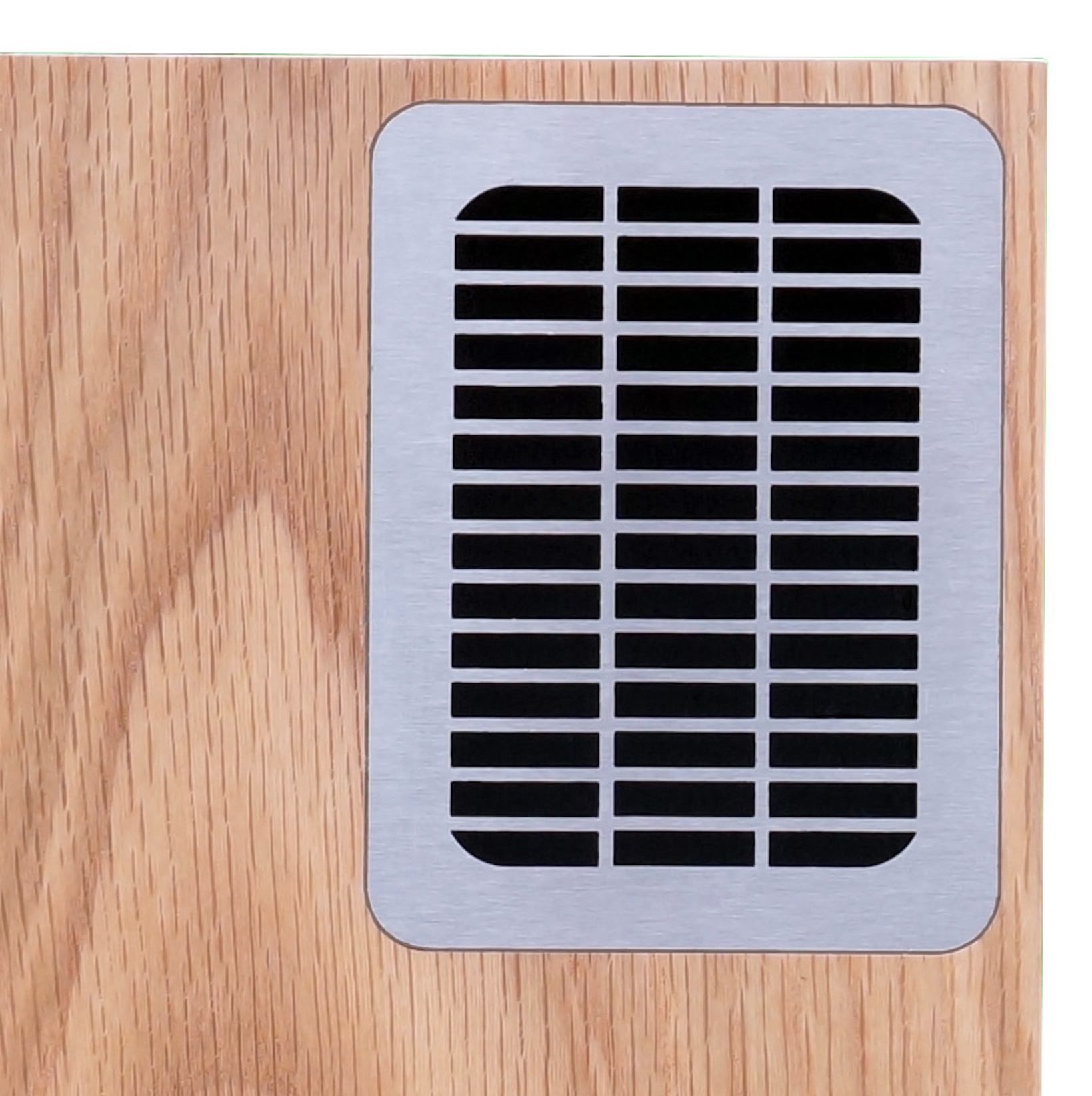
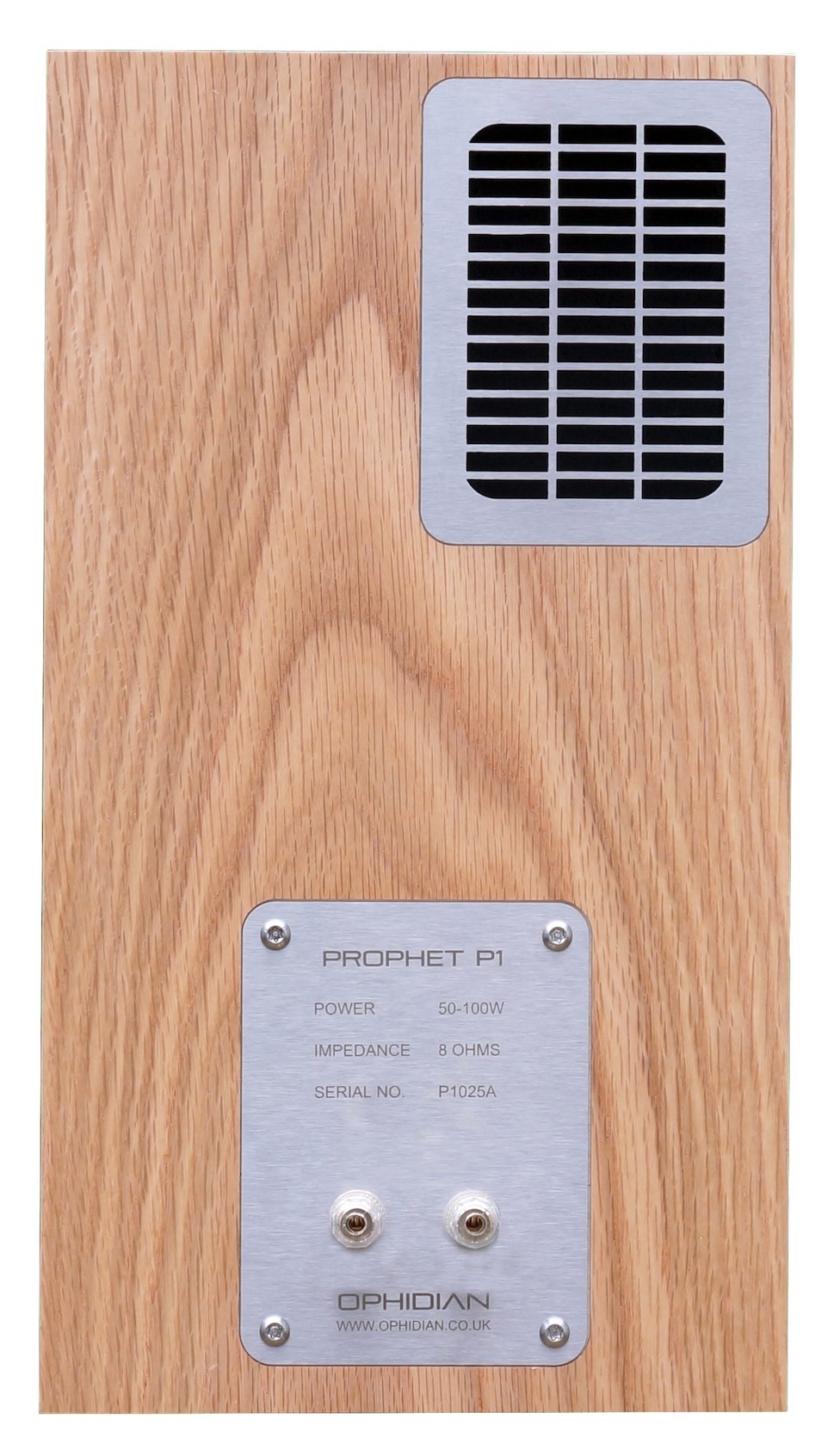
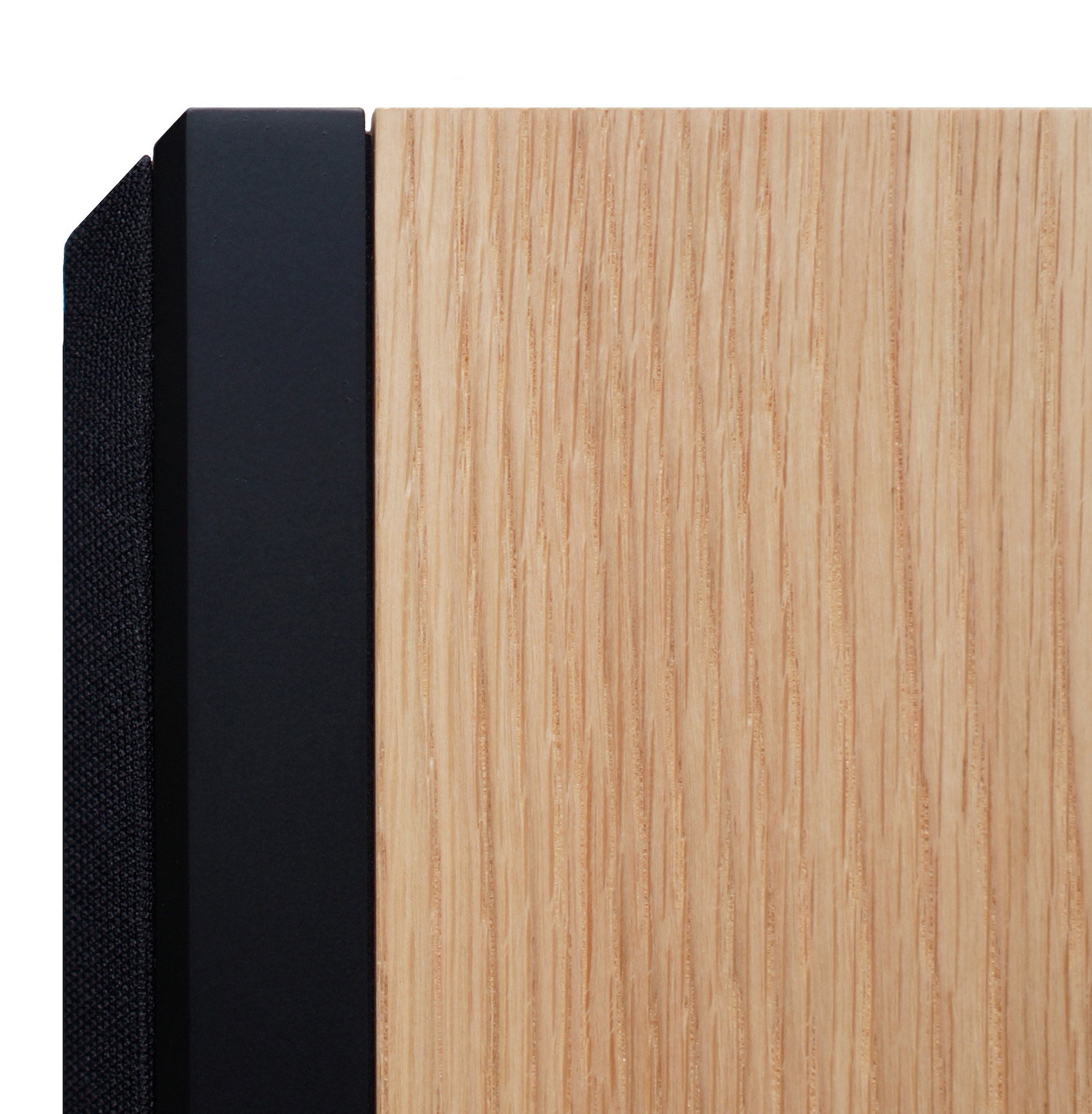
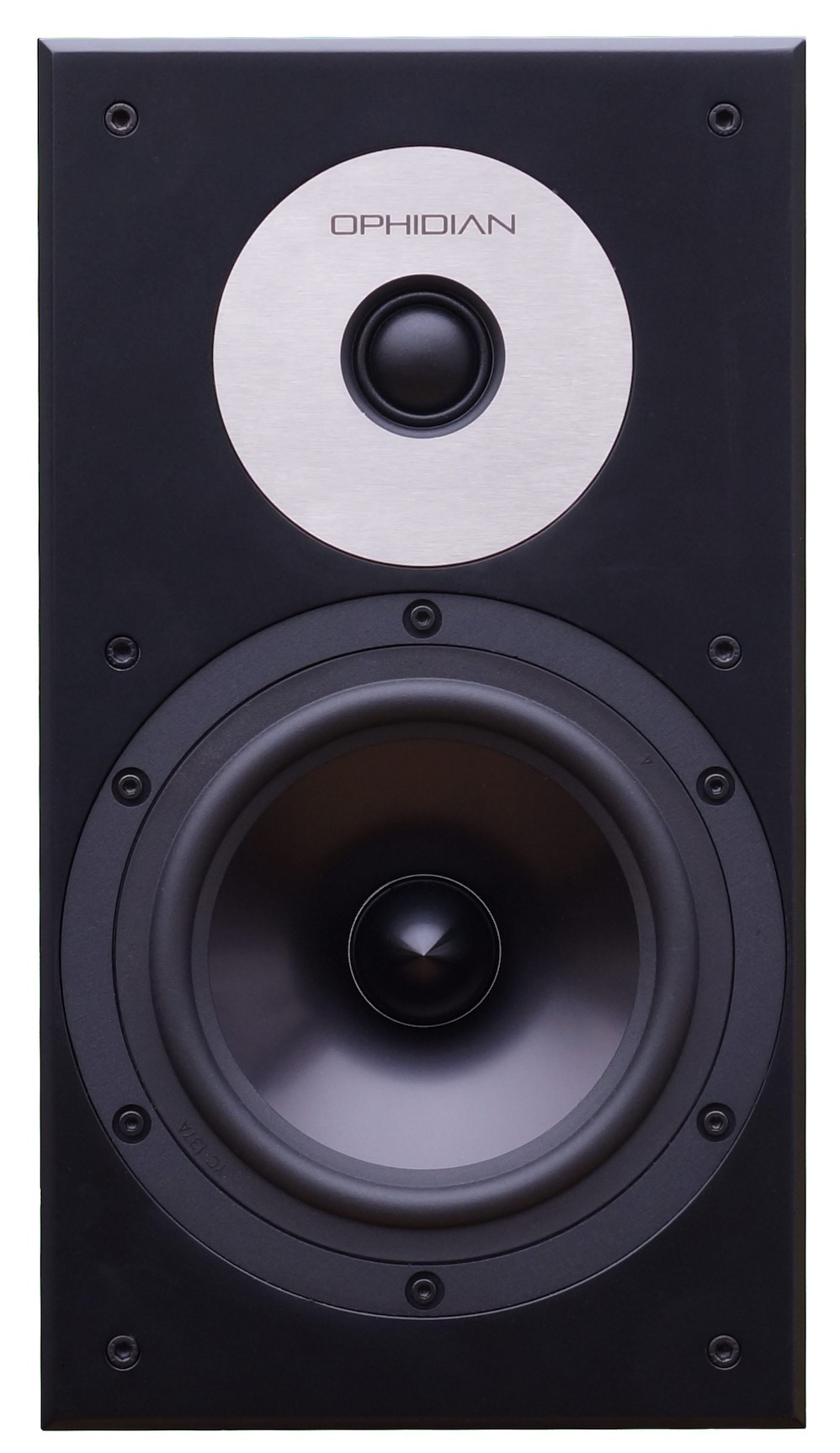
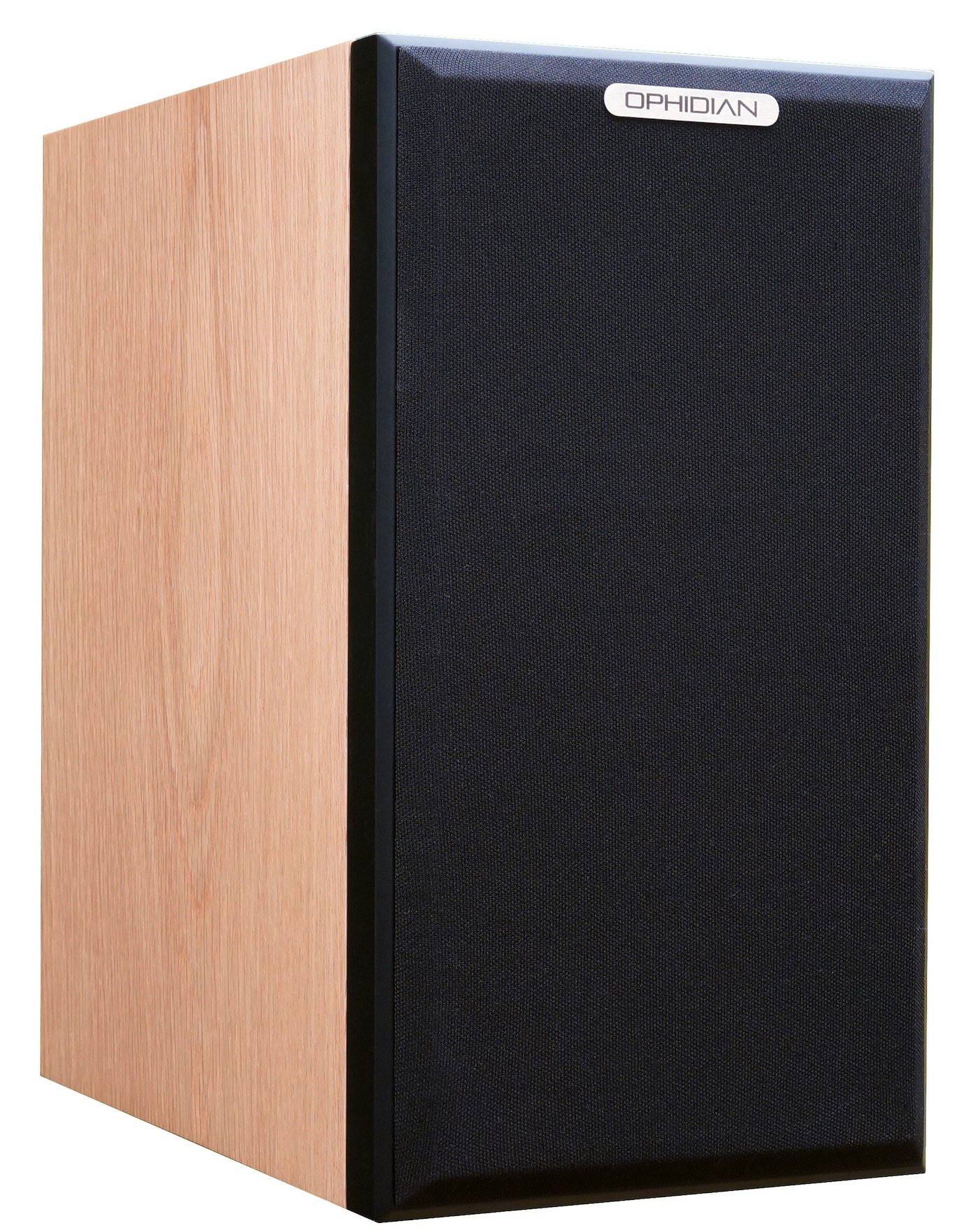
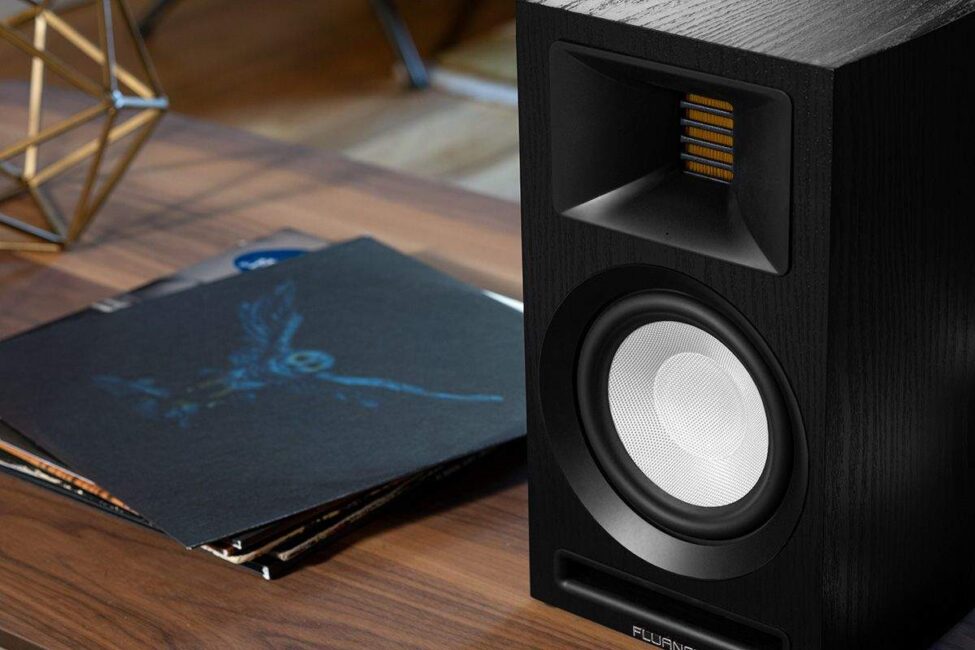

As a recent owner of this model speaker, (less than a year ago), I was originally very happy with their sound…however…as time wore on they began to disappoint..Cold and harsh…True I had paid a vastly discounted price and now I see why…their sound was to be honest nothing special..Perhaps this is why they have been discontinued…On one speaker the fit and finish was rather sloppy…poor in fact. Also when I moved the loudspeaker I could feel and hear that there was something loose inside. When I contacted the dealership I was informed that this loose item was a heavily wrapped cable inside the enclosure and in no way affected the sound.. Naturally I was not impressed with the dealer after this. When I inquired about returning them I was met with silence. Today these speakers are sitting in their factory boxes…I will not listen to them.. Too disappointing to say the least.
Thanks for the feedback, Carroll. Interesting stuff.